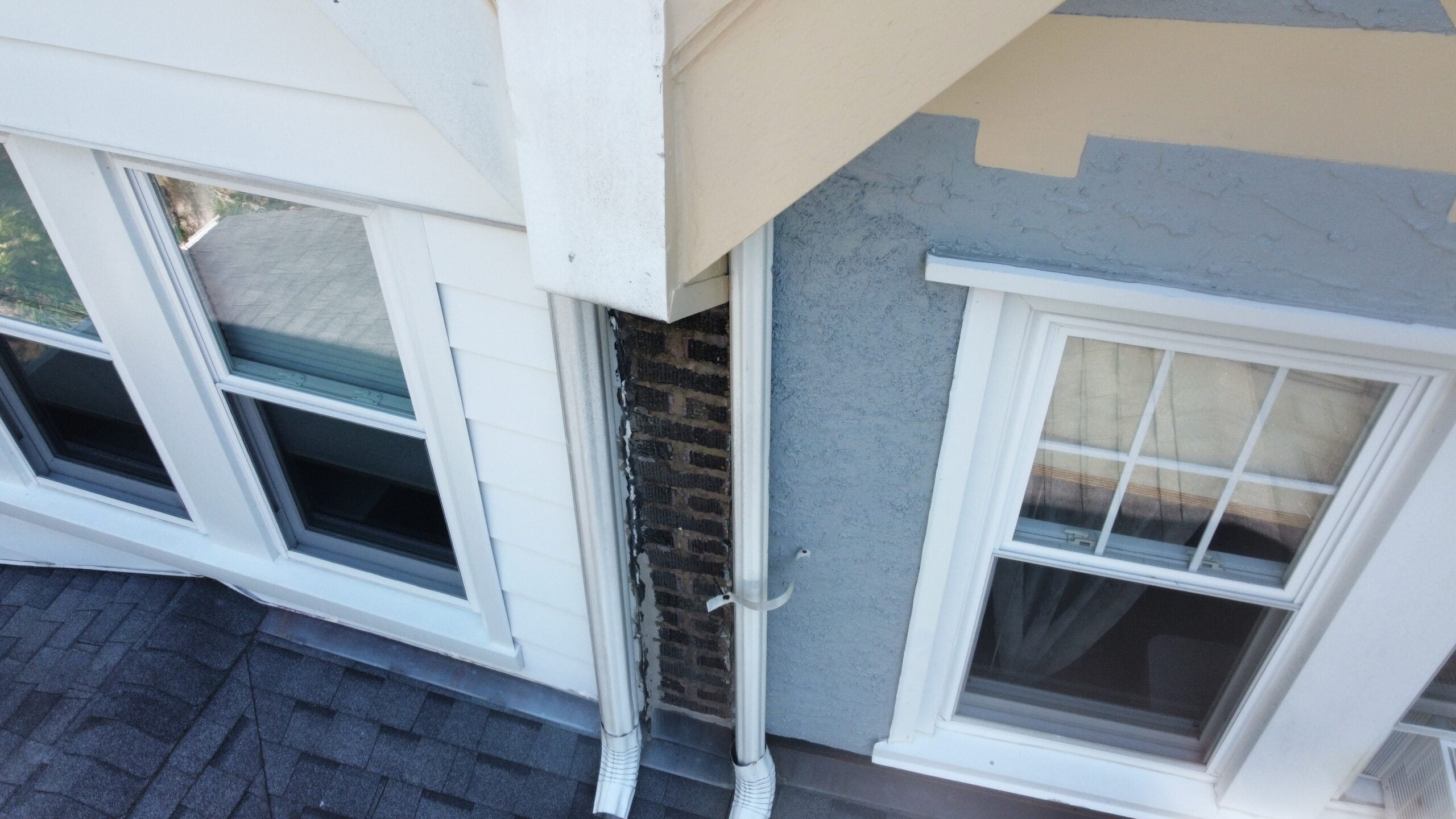
Philadelphia Window Capping a Complete Guide
Windows are an essential part of any home, providing natural light, ventilation, and curb appeal. To ensure their longevity and performance, or correct issues with water runoff, many homeowners turn to window capping. Window capping, also known as cladding or wrapping, involves installing a protective covering on the sill and frames of windows to shield them from the elements and enhance their overall appearance. Let’s talk about window capping, discussing its benefits, maintenance requirements, and factors to consider before deciding to have your windows capped.
Why Install Window Capping?
Window capping serves both functional and visual purposes, making it a popular choice for homeowners seeking to upgrade their windows. Here are some primary reasons to consider window capping:
- Weather Protection: Window capping provides a protective layer that shields window frames from harsh weather conditions such as rain, snow, wind, and UV rays. It protects the wood trim and framework around the window from the elements. This layer prevents moisture infiltration, reducing the risk of water damage, rot, and mold growth.
- Enhanced Durability: The protective covering adds an extra layer of durability to the window frames, extending their lifespan and reducing the need for frequent repairs or replacements. Window capping is typically vinyl or aluminum and more durable than painted wood.
- Reduced Maintenance: Capped windows require less maintenance compared to their uncapped counterparts. The protective layer prevents the need for regular painting, scraping, or staining, which can save you time and money in the long run.
- Improved Energy Efficiency: Window capping can improve the energy efficiency of your home by creating an additional thermal barrier. It helps to prevent drafts and heat loss during colder months, ultimately leading to lower energy bills.
- Aesthetic Enhancement: Capping your windows can be done in various materials, colors, and finishes, allowing homeowners to customize their windows’ appearance. This can add to your home’s curb appeal and potentially increase its resale value.
Maintenance of Capped Windows
Proper maintenance is crucial to ensure the longevity and effectiveness of capped windows. While these windows require less maintenance than traditional ones, some steps should be taken to keep them in top condition:
- Regular Cleaning: Clean the capped surfaces periodically using a mild detergent and water. Avoid using abrasive cleaners that could damage the capping material.
- Inspection: Perform routine inspections to check for signs of damage, such as cracks, peeling, or chipping. Address any issues promptly to prevent further damage.
- Gutter Maintenance: Ensure that your gutters are clean and functioning properly to prevent water overflow, which could lead to water damage around the capped windows.
- Sealing Maintenance: Check the sealing around the window edges for any gaps or deterioration. Replace or repair any damaged seals to maintain proper insulation and weather resistance.
- Avoiding Pressure Washers: While cleaning, avoid using high-pressure washers on the capped windows, as they can cause damage to the capping material.
Considerations Before Installing Window Capping
Before deciding to have your windows capped, consider the following factors:
- Window Condition: Evaluate the condition of your existing windows. If they are severely damaged or rotten, capping might not be the best solution. In such cases, full replacement might be more appropriate.
- Capping Materials: Choose a capping material that suits your climate, budget, and aesthetic preferences. Common options include aluminum, vinyl, and PVC.
- Professional Installation: Window capping requires precise installation to ensure its effectiveness. Hiring a professional installer with experience in capping is recommended to achieve the best results.
- Cost Analysis: While capping can save money in the long run due to reduced maintenance and improved energy efficiency, consider the upfront cost of installation and weigh it against potential benefits.
- Architectural Style: Ensure that the chosen capping material and design complements the architectural style of your home. Capping should enhance the overall look, not detract from it.
Window capping offers a range of benefits, from increased weather resistance to improved energy efficiency and aesthetic enhancement. Proper maintenance and thoughtful considerations before installation are essential for getting the most out of your capped windows. By understanding the advantages and making informed choices, you can enjoy the durability, beauty, and comfort that capped windows bring to your home.
Call Reiter Roofing at 215-335-9999 today for a free estimate to cap your windows, or check out our other products and services.

Call Today for a Free Estimate
Call us today at 215-335-9999 for a free estimate to repair or replace your roof, siding, or gutters, or click the button to go to our contact form.